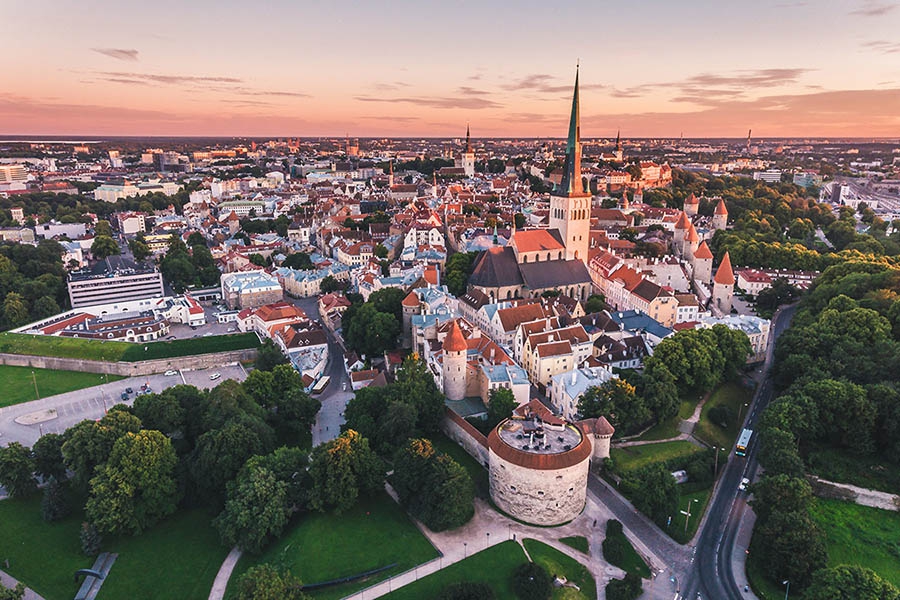
Discover the Baltics
On cruises to the Baltics you should always expect the unexpected. Watch the drama of the ever-changing scenery unfurl and hold your breath in anticipation as you wait to see some of the world's finest natural wonders appear before you.
Curious cities and towns are not only chic, they pack a punch with their epic architecture and rich culture. You'll be hooked by iconic destinations which leave you desperate to get under their skin and find out more. Read on and discover your next Baltic destination…
St Petersburg
Situated on the Gulf of Finland and spread over numerous islands in the Neva Delta St Petersburg is a city of arched bridges winding canals wide boulevards elegant palaces impressive squares and ornate churches and as such is often referred to as the 'Venice of the North'. It has an elegance also reminiscent of cities like Paris Berlin and Amsterdam but is at the same time too Russian to be European and beguiles with a charm of its own. It is the country's most beloved and beautiful city founded by Peter the Great in 1703. It became the original capital of Tsarist Russia and the greatest artists sculptors and architects worked together to create the city's unique look. Rich aristocratic palaces and government buildings line the streets along with majestic cathedrals and elaborate churches from the golden spires of St Peter and Paul Cathedral the magnificent gleaming dome and grand colonnaded façade of St Isaac's to the colourful multi-domed Church of the Resurrection. Although the Russian capital moved to Moscow after the Revolution the city remains the principal artistic and cultural centre of the country. St Petersburg is the birthplace of Russian ballet and performances by the Kirov Ballet rivalling the Bolshoi ballet in Moscow are shown in the historic Mariinsky Theatre. The magnificent green and white Winter Palace forms part of the Hermitage Museum one of the world's greatest art galleries and the city's foremost attraction. With its romantic waterways and decorative tsarist architecture St Petersburg is also the perfect setting for the famous 'White Nights' and the summer months of June and July are crowded with visitors who come to experience the dreamy twilight that takes the place of night an occurrence due to its northerly latitude when the sun never dips far enough below the horizon to create total darkness along with music festivals and cultural events.

Tallinn
The ancient coastal capital of Tallinn exudes a sense of romantic history. Recognised as one of the most completely preserved medieval cities in Europe, it is a gem on the UNESCO World Heritage List that is slowly being discovered by delighted visitors of all ages. A spirit of mystery still pervades the cobbled courtyards of the picturesque Old Town, where visitors can wander along winding alleys overhung with original 12th- and 13th-century merchant's houses, and view a perfectly preserved medieval church.
While preserving its past, Tallinn is as progressive as any other modern European capital. This is probably best reflected in the interactive exhibits at the AHHAA Science Centre, the city's showcase for the arts and sciences. Public transport is modern and efficient; the nightlife is pumping with cigar bars, pool halls and nightclubs. Dining out promises tasty choices ranging from take-away pizza and Chinese to formal French and traditional Estonian cuisine.
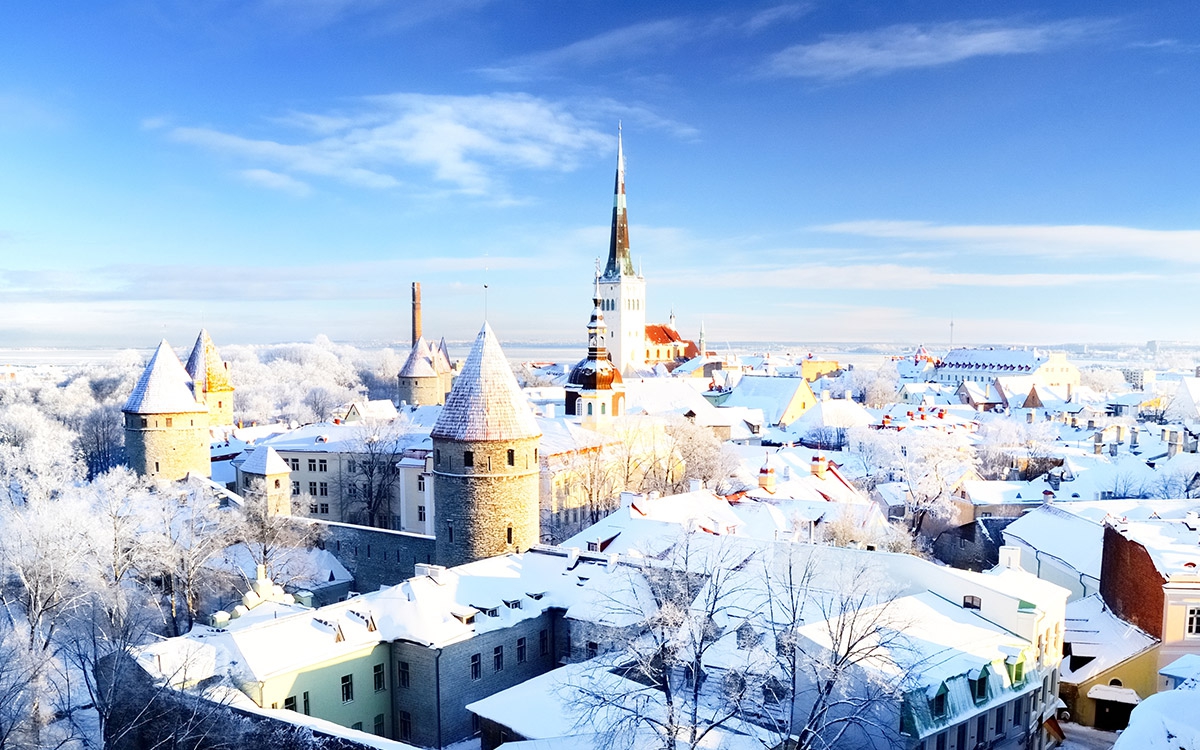
Helsinki
The average temperature in efficient, elegant Helsinki hovers around 43°F (6°C), but this does not mean visitors need expect a chilly welcome. The funky Finns, known for their hip and happening sense of style, design and association with high technology, know how to warm hearts and minds in their modern, cosmopolitan capital.
The city, spread across a cluster of promontories and peninsulas, is almost 500 years old. Its clean, wide avenues are lined with buildings echoing centuries of architectural excellence from Gothic through Art Deco to cutting-edge contemporary. It all fits together in total harmony with nature, which invades the urban environment with green spaces when it is not blanketed in snow. Trees, flowers, hares, squirrels, pheasants and even the odd elk are often spied in the myriad parks in the centre of the city. On the whole, the city is surrounded with crisp, unpolluted air and the bright blue waters of the Baltic Sea.
Despite the cold climate, the invigorating outdoors beckons in Helsinki even in the middle of winter. Recreation takes the form of ice skating, skiing, ice-fishing, sailing, cycling, soaking in saunas, or during the short-lived summer, sunbathing. After the action, sit tucked in a rug outside one of the many street-side bars sipping hot (spiced wine) and watch the wintry world go by. The city is also ideal for walking, with the sights all concentrated in the central area beneath the towering cathedrals.
The great outdoors is also the setting for Helsinki's numerous festivals and fairs, like the May Day Carnival, the Baltic Herring Festival, the Helsinki City Marathon, the annual Samba carnival and the midsummer festival, to name but a few. Events do move indoors when it comes to the city's rich cultural life, featuring some of the world's finest orchestras and choirs, rock concerts, film festivals, the Finnish National Opera and Ballet performances, and the output of countless theatre and dance troupes.
Whether visited as a snowy winter wonderland or scenic sun-splashed cityscape with almost permanent daylight, Helsinki is a unique destination that will delight the heart of any traveller.
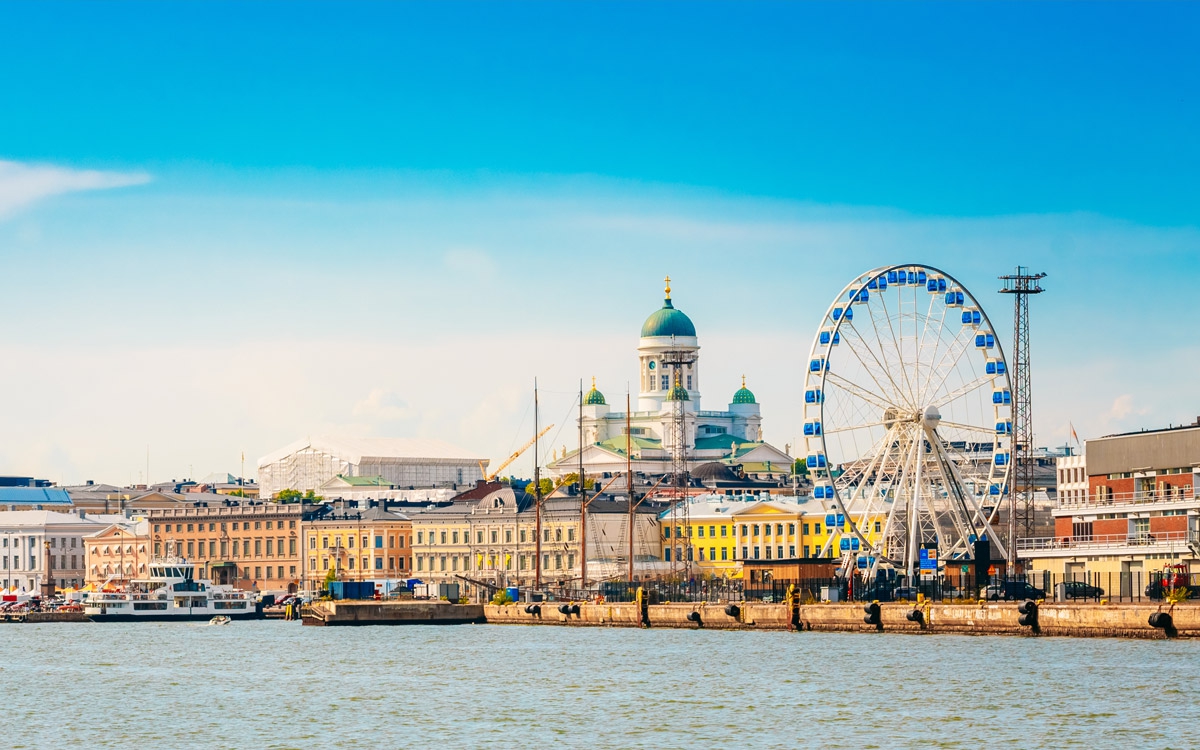
Moscow
Moscow is the capital of the world's biggest country, and is situated in the centre of the European part of Russia. The Kremlin lies at the very heart of the city, and indeed the country. It has been the Russian centre of governmental and religious power for almost eight centuries, and includes five palaces and four cathedrals. The view over Red Square and the colourful domes of Saint Basil's Cathedral may be the country's most iconic image.
The city's fusion of geometry and finesse is evident in the massive concrete slabs and high-rise apartments of the Stalinist era, and the ornate churches, beautiful neo-classical houses and impressive architecture of the old city. Wide grey thoroughfares give way to narrow winding inner city streets, and golden church domes gleam between the looming skyscrapers. Moscow attracts all those eager to embrace new business and free enterprise, while the divide between affluence and poverty is always evident.
Since the fall of communism, Moscow has been injected with a sense of urgency to change the face of its capital, embracing capitalism and shaking off the years of communism with flashy shop fronts housing Western franchises, glossy hotels and the frenzied restoration of lavish Orthodox churches. The once dreary streets are now a vibrant commotion of life, with markets and eager vendors offering an assortment of goods unavailable during the Soviet years.
It's also a city of entertainment, with theatres and the renowned Moscow Circus, museums and art galleries. It boasts the world's largest and most efficient metro system, featuring gleaming stations deep underground which are astonishingly decorated with elegant marble, glittering chandeliers and magnificent mosaics. Moscow is the soul of the new Russia and an intriguing mix of history, politics, business and culture.
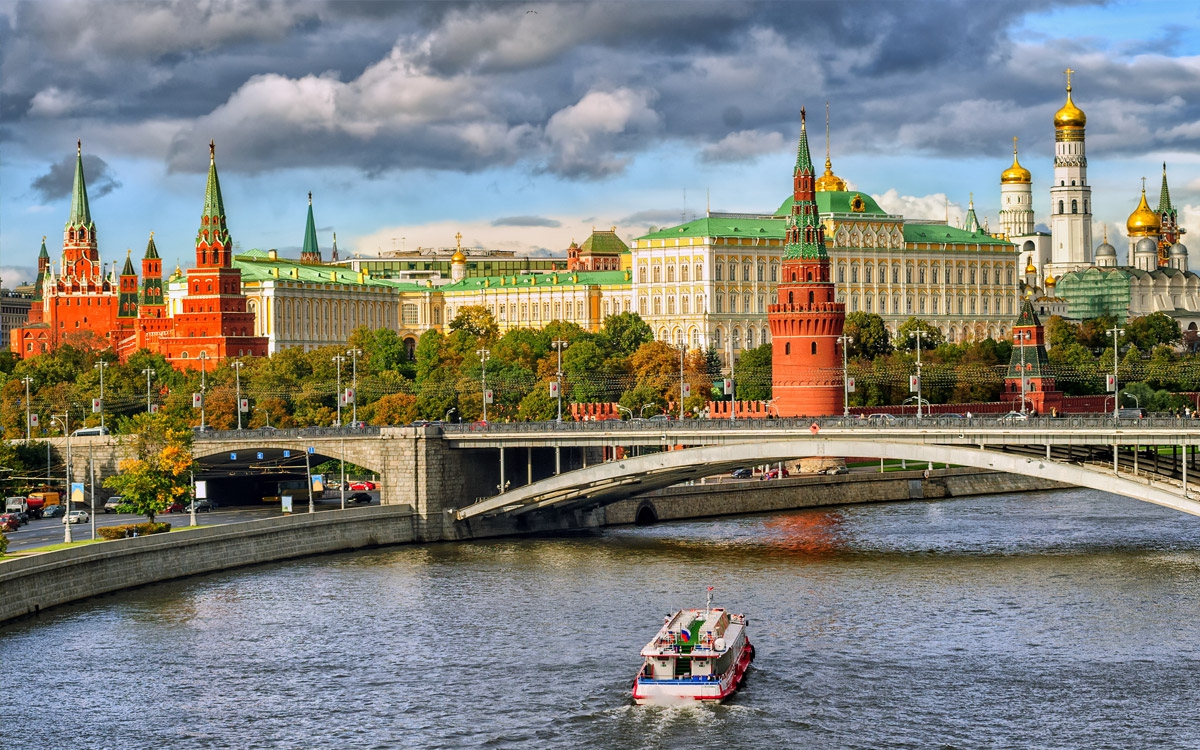
Riga
Situated at the mouth of the Daugava, the city of Riga is the capital of Latvia and the biggest city in the Baltic States. It has emerged from behind the Iron Curtain and is slowly coming into its own as a major European tourist destination.
Situated on the south-western coast of the country, Riga is split in two by the River Daugava, and served as a major trading port and a crossroads between western Europe and the East. The modern founding of the city dates back to the 12th century with the arrival of German traders, mercenaries, and missionaries, while its older roots date back to a settlement of the ancient Finnic tribe, the Livs.
Riga boasts a collection of exquisite Art Nouveau buildings that rival those in Vienna, Barcelona, and St Petersburg, and the fairytale historic city centre is a delight to explore. As the cultural and economic centre of the country, Riga is home to plenty of top-class museums, galleries, and performing arts centres. It also has a wide range of sophisticated bars, clubs, and restaurants. The city is fast gaining a reputation as a party capital, and its vibrant nightlife draws hundreds of weekenders from all over Europe.
For a more traditional Latvian experience, it is well worth braving the winter cold to enjoy a spot of ice fishing, ice-skating on the frozen Daugava River, or a a rigorous sauna involving being beaten with dried birch branches. With over 800 years of history, a UNESCO World Heritage Site-listed historic city centre, and a modern buzz, Riga remains a largely undiscovered gem with plenty to delight and enchant the visitor.
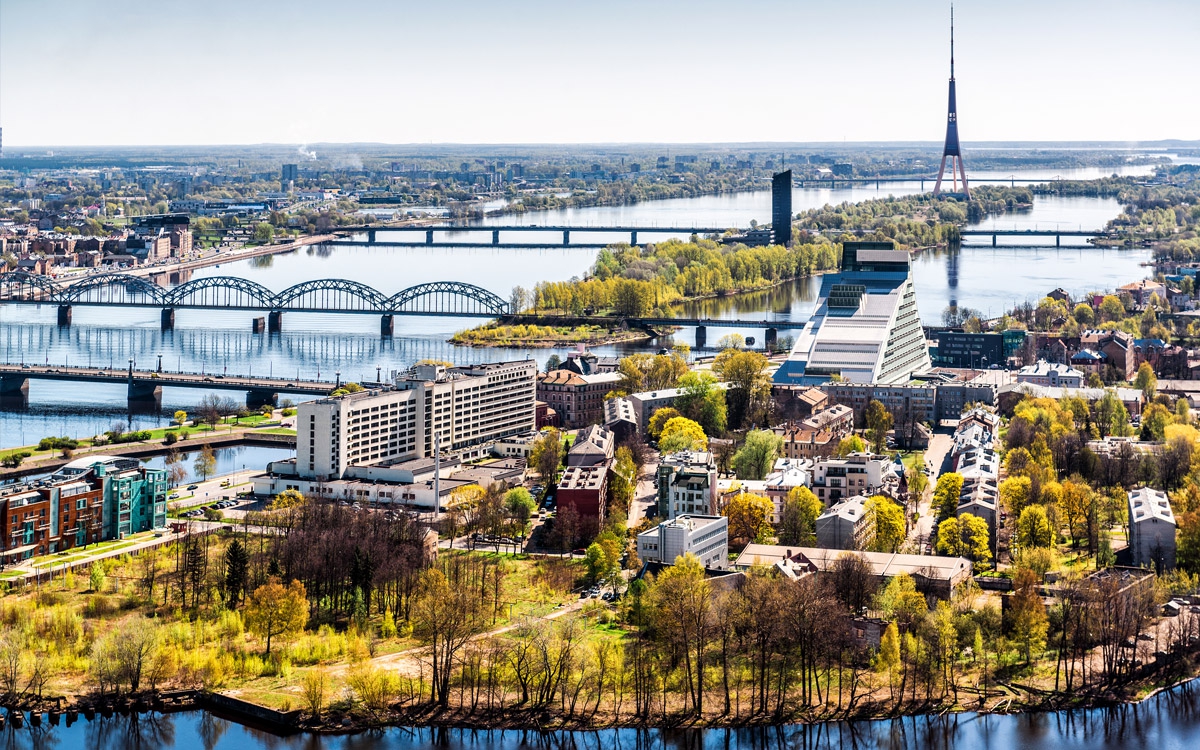
Vilnius
The Lithuanian capital is somewhat unique compared to other major cities in the Baltic region, its old architecture a hodgepodge of Scandinavian, Russian, and German influences. Nestled beneath wooded hills in the southeast corner of the country, this enchanting stop offers an alluring blend of modern glitz and Old World charm.
Overlooking the city from a central hill is the landmark Gediminas Castle, named after the medieval Grand Duke who founded the city. Its impressive tower allows visitors to enjoy an unrivalled view of the old town and the shiny new section on the right bank of the Neris.
Gediminas Square is the heart of the old quarter, featuring the splendid classical cathedral. The city boasts numerous other interesting churches, beautiful historic buildings, museums, monuments and parks, and the splendid University of Vilnius, one of Europe's oldest institutions of learning.
In its 'golden age' during the Middle Ages, Vilnius was renowned as the region's centre for culture and learning, and today it has reclaimed that reputation through a packed programme of events. These include the classical music evenings at the Philharmonic Society Hall and performances at the Opera and Ballet Theatre, Youth Theatre, and National Drama Theatre, as well as exhibitions in numerous art galleries and a vast contemporary art centre.
The city also plays host to numerous commercial fairs and exhibitions annually. Last but not least, when the sun goes down Vilnius reveals a nightlife that is fast gaining a reputation as one of the hottest in Eastern Europe.

Stockholm
The Swedish capital of Stockholm is not only Scandinavia's largest city but also one of its most enchanting, with its centuries-old alleyways and squares spread across an archipelago of 14 islands. Locals are extremely proud of the fact that in Stockholm one can go ocean-fishing in the heart of the city.
This historic metropolis with a small town heart boasts a multitude of museums, restaurants, parks, fun fairs, a never-ending nightlife (licensing hours extend into the early hours), and a rich cultural tradition. There's never a dull moment, particularly in the summer when the sun virtually never sets because of the city's position in the far northern latitudes.
Most tourists are initially drawn to the quaint Gamla Stan (Old Town), a warren of narrow cobblestone streets overshadowed by historic houses. It radiates out from the sumptuous Royal Castle, where Swedish monarchs have resided since the 13th century.
However, despite the rich medieval heritage, Stockholm is not an old-fashioned enclave. Citizens have developed a reputation for being trendy, daring and innovative, especially in the global realms of IT and fashion, often setting the pace in the technology and design fields.
Stockholmers are also immensely concerned with the environment, and the cityscape is made up of one-third water, one-third green space, one-third buildings, and some of the cleanest air of any city in the world. Pack a picnic, hop aboard a ferry, and make for one of the parks where you will undoubtedly be treated to a free concert; or head for the legendary shopping districts of Biblioteksgatan (exclusive European boutiques), Odengatan (antique treasures), and others.
There is culture to be soaked up too, with more than 150 museums to visit, art festivals galore, opera and jazz concerts, and architecture to be admired, including the beautiful City Hall where the Nobel Prize banquet takes place. It may be old but Stockholm is a destination for the young and energetic, and not overrun with tourists like many other European capitals.

Want to experience this? Give the Panache Cruises team a call on 0161 513 8200 and they'd be happy to help!




